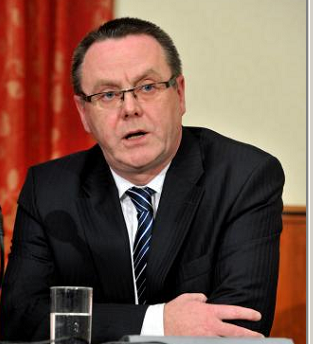Liaison between the agencies involved in investigating sudden deaths has done nothing to speed up fatal accident inquiries (FAIs), according to a north-east trade union leader.
Jake Molloy, regional organiser for the National Union of Rail, Maritime and Transport Workers said in some cases formal co-operation between the police and the Crown and Procurator Fiscal Service had made matters worse.
The Scottish Parliament’s justice committee is scrutinising the Fatal Accidents and Sudden Deaths etc. (Scotland) Bill which aims to revamp existing legislation by implementing most of the recommendations made in a 2009 review by retired senior judge Lord Cullen.
Mr Molloy believes the proposed legislation does not strike an effective balance between the investigative process, the needs of victims families, and the adoption of new working practices or regulations to avoid future mishaps.
The Aberdeen-based offshore expert told the committee that while he accepted a mandatory timescale for FAIs would be difficult given the complexities of different incidents, trade unions were frustrated with the time involved.
Speaking of the liaison between the police, procurator fiscal service and Health and Safety Executive, he said: “The co-operation seems to have achieved nothing in regards to reducing that timescale and in fact in some cases the timescale has become even greater and that is a real concern for us and workers generally.”
Mr Molloy said in the 2009 helicopter crash of the north-east coast in which 16 people died families were told that because a prosecution was in the pipeline not to talk to the press, trade unions of make any public statements.
Subsequently the families learned from the television there would be an FAI but no prosecutions, he said.
“Quite clearly there are problems with the way the Crown Office and procurator fiscal deals with families,” Mr Molloy said.
Both Mr Molloy and Scottish Trades Union Congress assistant secretary Ian Tasker said it would be possible to get an early statement on the basic facts of an incident in order to dispel speculation and the fears of the families.
They said other agencies such as the Air Accident Investigation Branch quickly brought forward preliminary reports that did not prejudice ongoing investigations.
